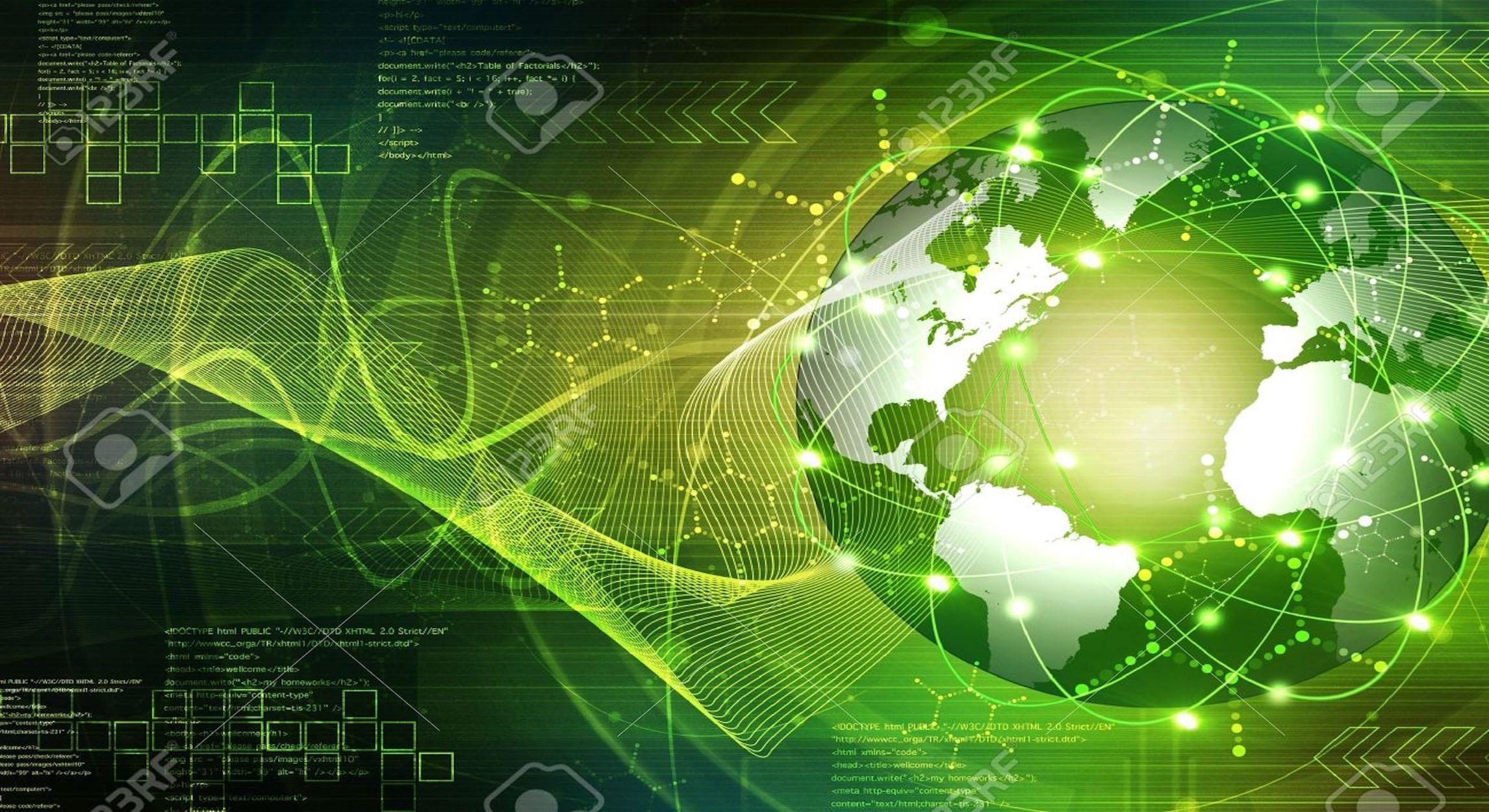Title: A Brief History of Embodied Artificial Intelligence and Its Future Outlook
Introduction:
Artificial Intelligence (AI) has rapidly evolved over the years, with advancements in technology enabling machines to perform complex tasks that were once thought to be exclusive to human intelligence. Embodied Artificial Intelligence (EAI) takes this technology a step further by integrating physical bodies or agents with AI capabilities, allowing them to interact with the physical world in a more human-like manner. In this article, we will explore the history of EAI, its current applications, and its future outlook.
The Emergence of Embodied Artificial Intelligence:
Embodied AI has its roots in the field of robotics, which seeks to create machines that can perform tasks autonomously and adapt to their environment. One of the earliest examples of embodied AI is the Shakey robot developed at Stanford Research Institute in the late 1960s. Shakey was equipped with sensors and a camera that allowed it to navigate its environment and perform simple tasks.
Over the years, advancements in sensor technology, machine learning, and natural language processing have enabled the development of more sophisticated embodied AI systems. These systems can now perform a wide range of tasks, from autonomous driving to human-like robot companions.
Current Applications of Embodied AI:
Embodied AI is being used in a variety of fields, including healthcare, manufacturing, and entertainment. Some current applications of embodied AI include:
- Healthcare: Robots equipped with AI are being used to assist with surgery, rehabilitation, and elder care.
- Manufacturing: AI-powered robots are being used to automate tasks in factories, increasing efficiency and productivity.
- Entertainment: AI-powered virtual assistants and chatbots are being used in the entertainment industry to enhance user experience.
Future Outlook of Embodied AI:
The future of embodied AI is filled with exciting possibilities. As technology continues to evolve, we can expect to see advancements in the following areas:
- Human-Robot Collaboration: Robots equipped with embodied AI will be able to work alongside humans in a variety of settings, from factories to homes.
- Personalized Healthcare: AI-powered robots will be able to provide personalized care to patients, improving medical outcomes.
- Autonomous Vehicles: Self-driving cars equipped with embodied AI will revolutionize transportation, making roads safer and more efficient.
Benefits of Embodied AI:
There are several benefits to using embodied AI in various industries, including:
- Increased Efficiency: Robots equipped with AI can perform tasks faster and more accurately than humans.
- Improved Safety: AI-powered robots can perform dangerous tasks without putting human lives at risk.
- Enhanced User Experience: AI-powered systems can provide personalized and interactive experiences for users.
Practical Tips for Implementing Embodied AI:
When implementing embodied AI in your organization, consider the following tips:
- Understand Your Needs: Identify the tasks that can be automated or improved with AI.
- Choose the Right Technology: Select AI solutions that align with your organization’s goals and capabilities.
- Train Your Staff: Provide training to employees on how to work with AI-powered systems.
Conclusion:
Embodied Artificial Intelligence has come a long way since its inception, with cutting-edge technology enabling machines to interact with the physical world in a more sophisticated manner. As we look to the future, the possibilities for embodied AI seem endless, with applications in healthcare, manufacturing, and entertainment poised to revolutionize how we live and work. By understanding the history, current applications, and future outlook of embodied AI, we can harness the power of this technology to drive innovation and improve our quality of life.





